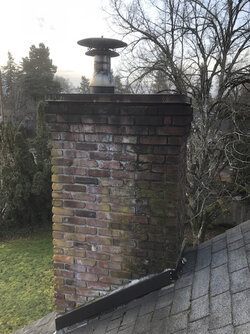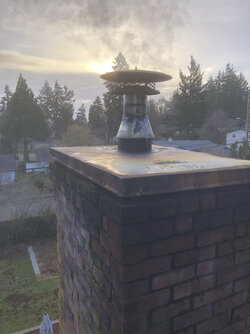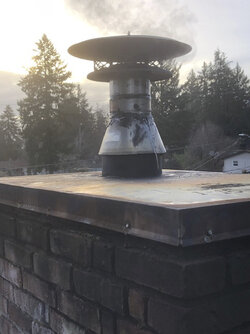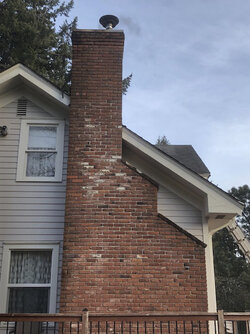I installed a new Blaze King wood stove back in October and have discovered that stove pipe is rusting from the inside. I just removed the pipe and was able to crush it with my hands it was so corroded. It connects to a stainless steel pipe that runs up an large old chimney. There was a wood stove in this location for about 40 years that never had any issues at all. The stove has been in almost constant use and the wood is well seasoned although I live in Oregon so there is always going to be some residual moisture in the wood. I got a new piece of pipe on warranty from the supplier. We are all baffled as to what caused this, and I am wondering if I should use a piece of stainless instead of steel.
Any help or advice would be greatly appreciated,
KJ
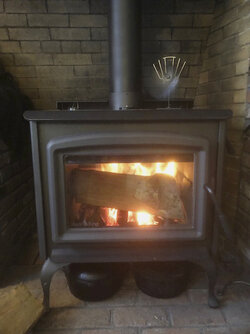
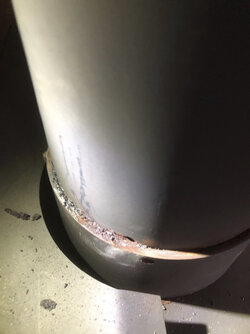
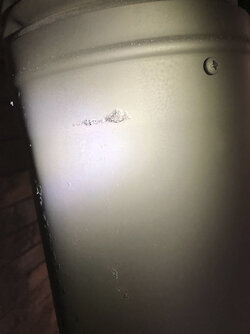
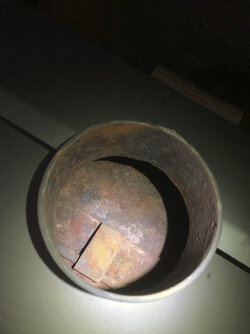
Any help or advice would be greatly appreciated,
KJ






